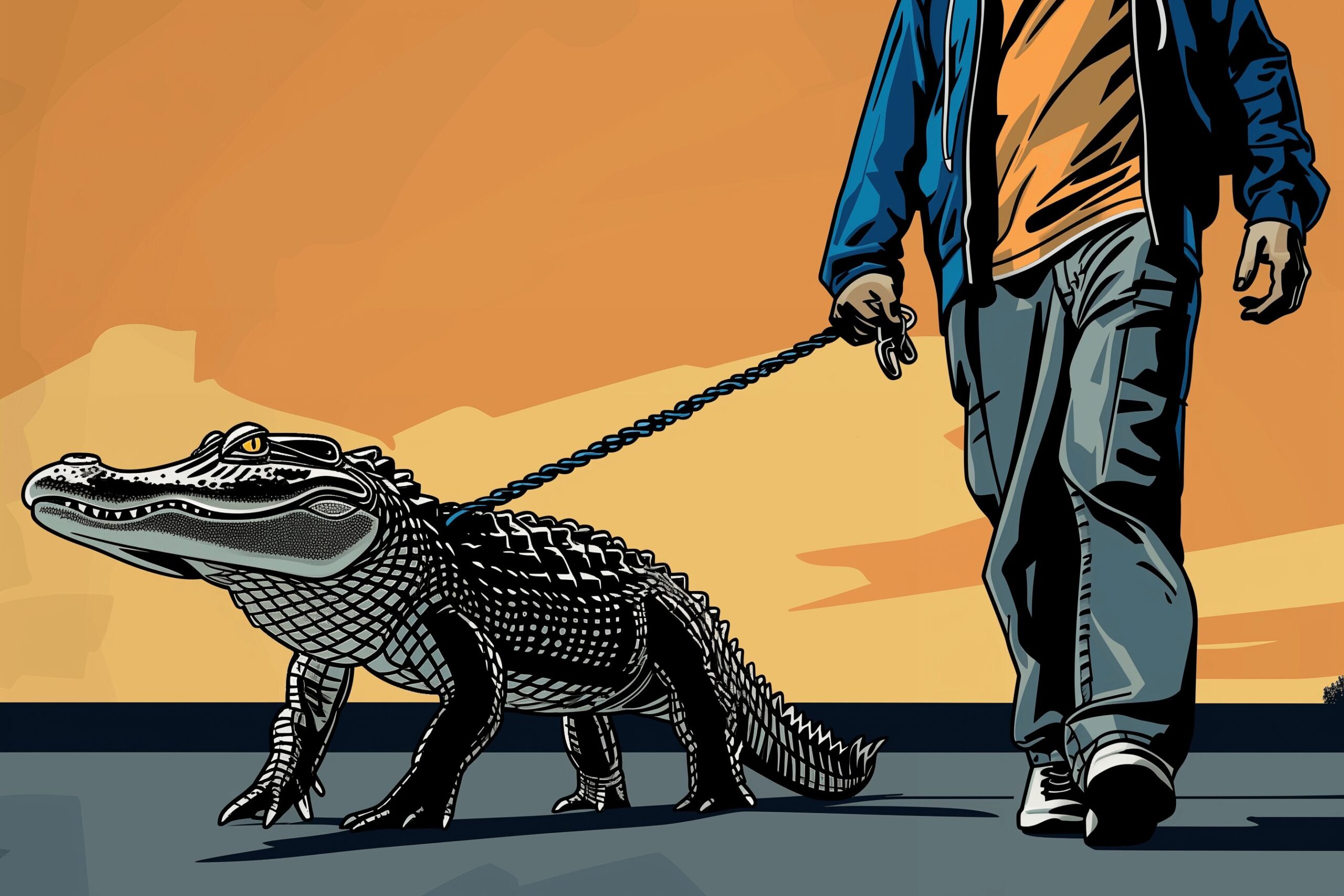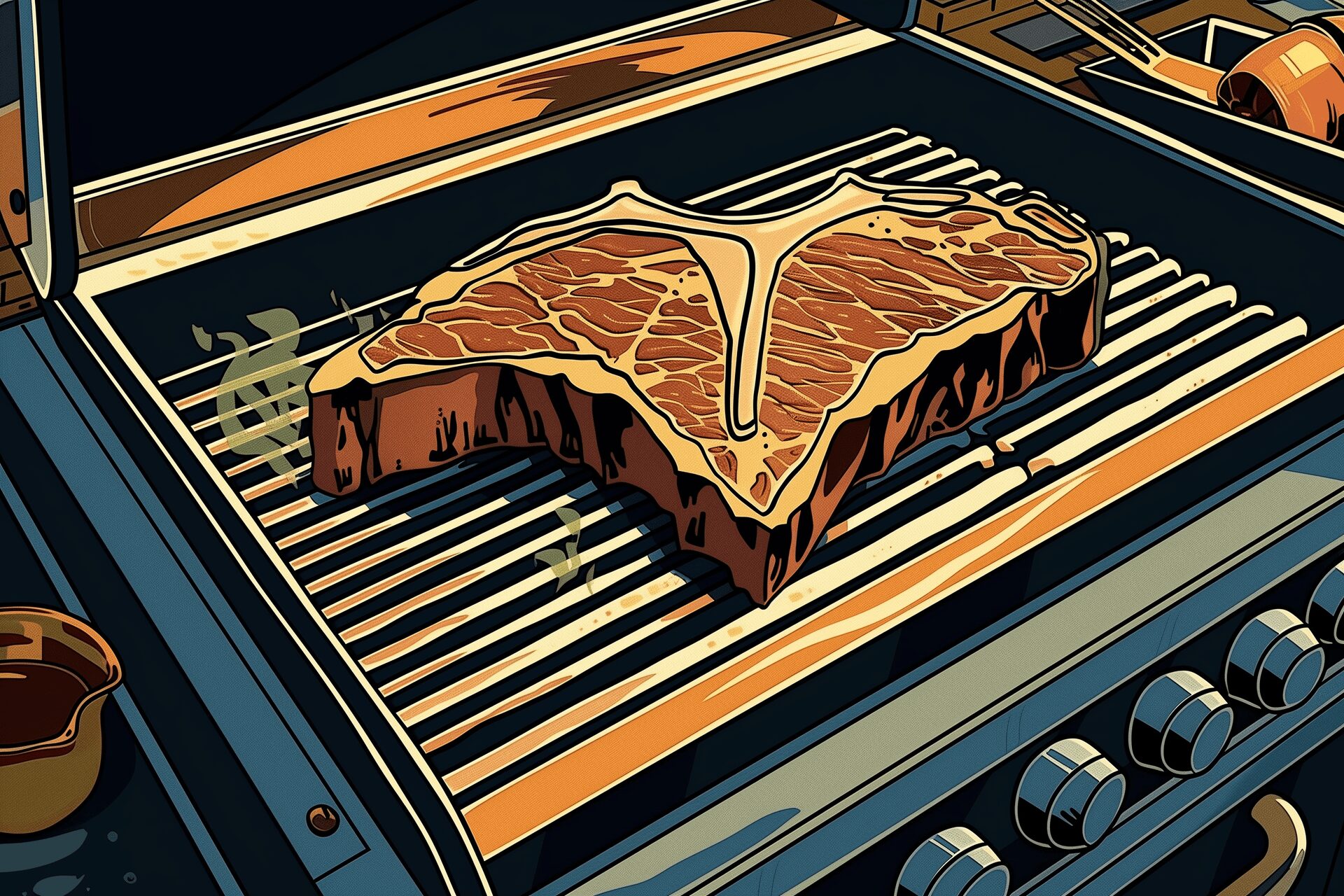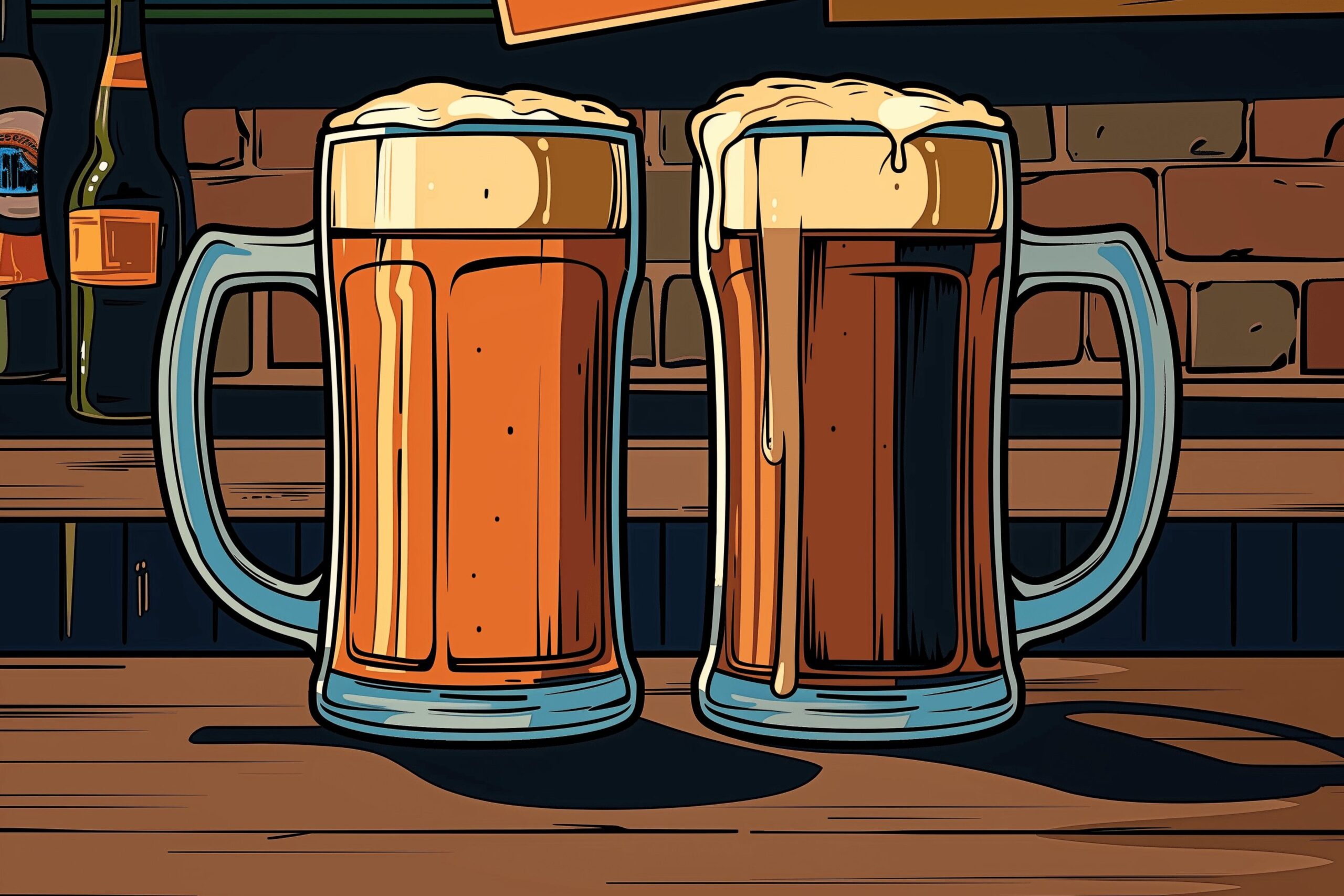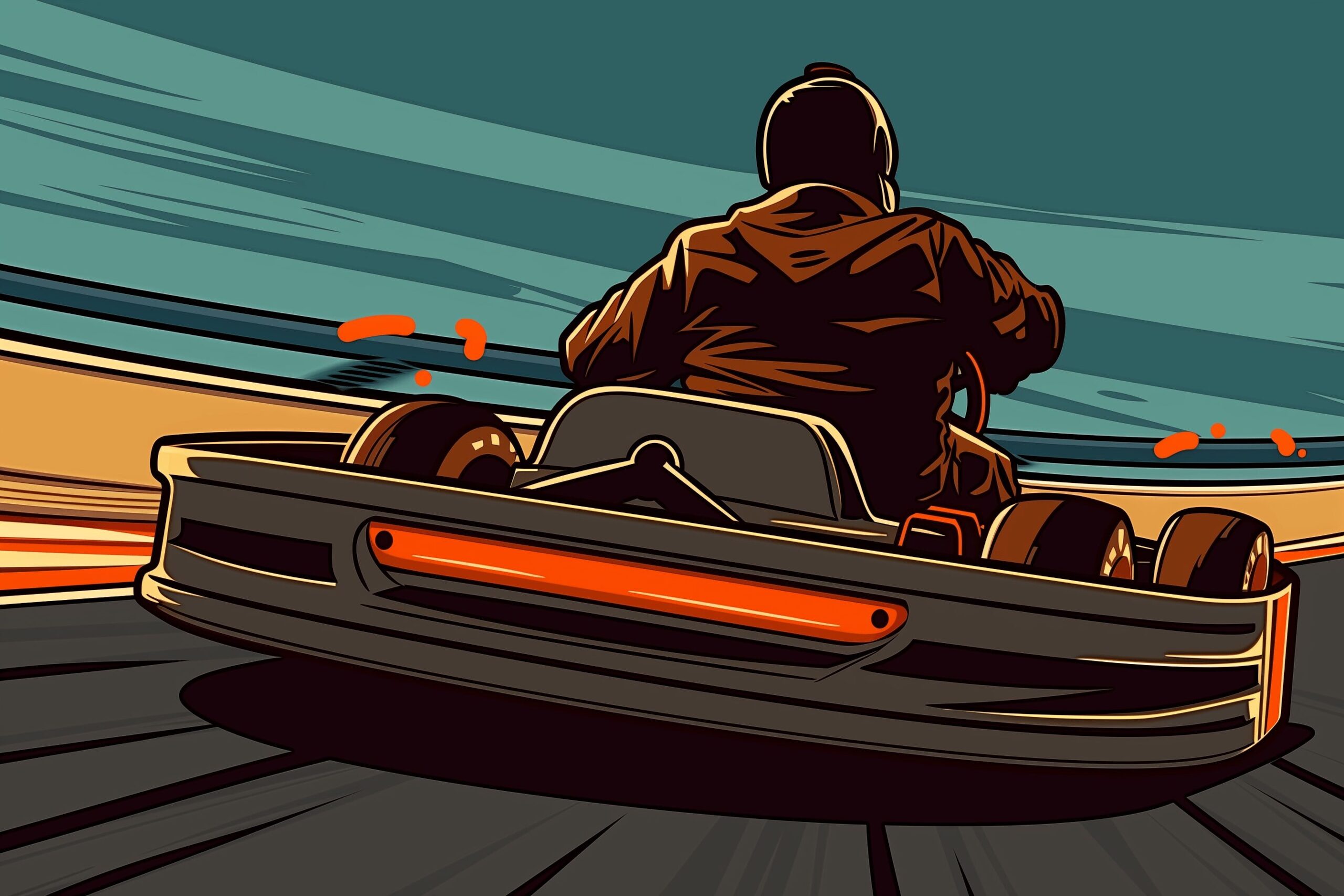The Pros and Cons of Driving for Uber
May 15, 2017
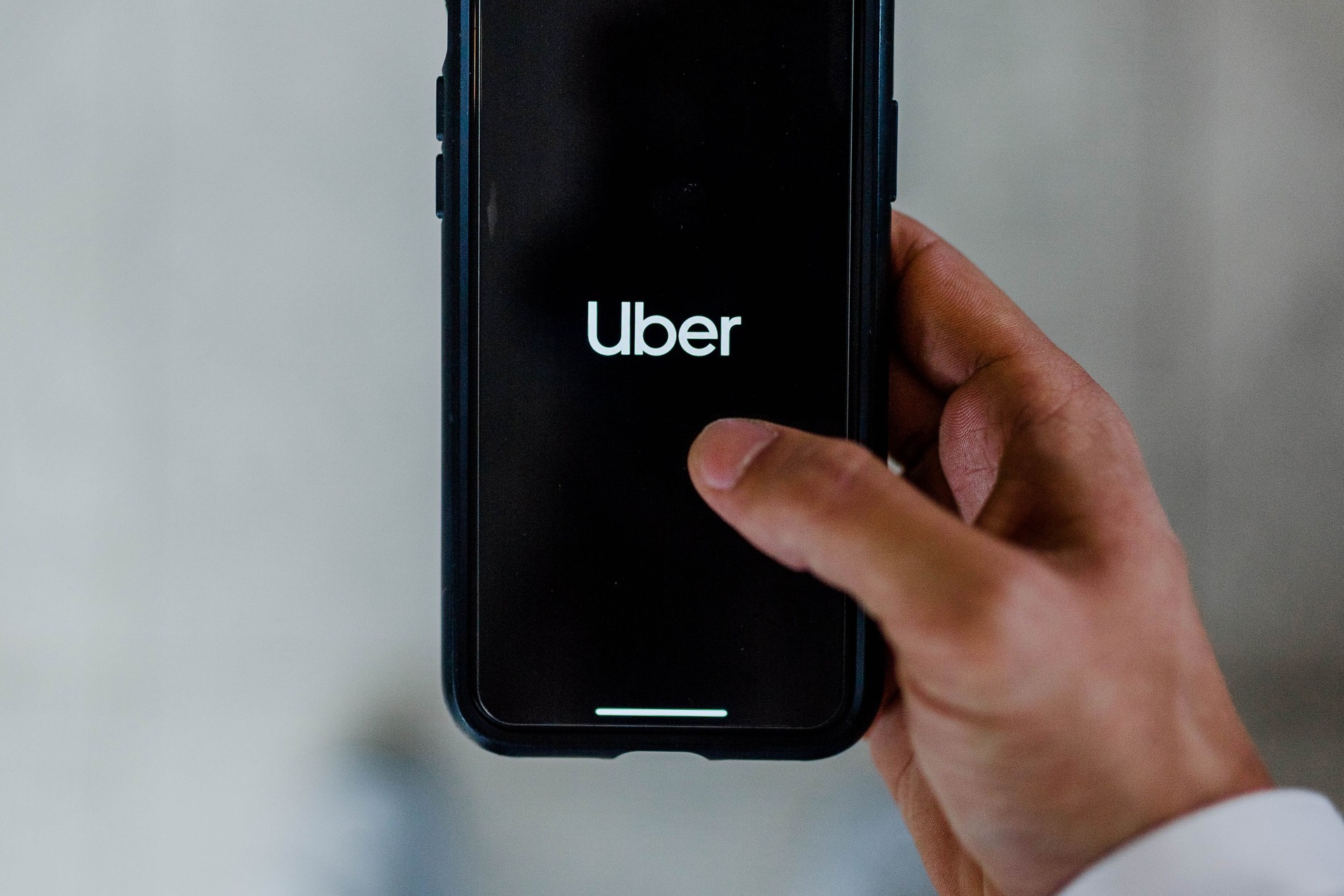
As an Amazon Associate, Modded gets commissions for purchases made through links in this post.
You must have thought about it. Sitting in the back seat of an emblem-adorned SUV, watching all the potential fares appear on your driver’s smartphone. It’s hard not to consider how much easy money there is to be made driving for Uber. But what is the experience really like?
Ride-sharing has revolutionized the way we travel in urban settings and presented drivers with some unique challenges along the way. If you’re warming up to the idea of getting into the business yourself, here are a few things to know about the reality of transporting strangers in your free time.
Pro: You’ll Make Connections
It’s hard to think of another job that exposes you so quickly to new people who you can form lasting connections with. Unlike cold-calling, you are in very close contact with people who seek you out as an Uber driver. This is why many people take advantage of the proximity to promote their personal businesses. For example, real estate agents and attorneys have time to burn on weekends.
Con: Your Car Must Qualify
You can’t use just any old car if you want to drive for Uber. There are restrictions designed to make the company look good and ensure the safety of passengers.
There are minor differences state-to-state, so be sure to look on Uber’s website if you are serious about starting to drive. Typically, the vehicle needs to have at least four full doors, be equipped with airbags and be built within the last ten years. Sorry if you had dreams of shuttling people in your awesome vintage Nomad.
There are options such as Uber’s auto-lease program that can help you out if you really want the job and don’t have a car. Whether these programs are attractive is something you’ll have to evaluate on your own terms.
Pro: You Can Work on Your Own Schedule
As a means of making extra money, few gigs are as flexible as Uber. Hours that are slow for many other businesses are booming for ridesharing drivers. You can work nights and weekends and then transition to a normal job during the 9-to-5 shift, as long as you don’t get burnt out.
Some people even make driving for Uber their sole occupation. It’s doable, take home pay can be as little as $30,000 to as much as $70,000 per year, depending on how smart you are about the car you use and your efficiency finding and delivering fares.
Con: The Insurance Question
One of the major hurdles for Uber during the early days of ridesharing was the question of how drivers would be covered by their insurance company. Typically, your personal insurance won’t cover the use of your vehicle as an occupation because of the greatly increased amount of miles you’ll travel, which translates to more exposure to accidents.
There are now standalone policies you can buy that specifically cover ridesharing use. Uber and competitor Lyft offer coverage if you’re carrying a customer and are not at fault, but it’s best to have a backup policy in case of a crash when you’re not carrying a fare or where you are at fault.
Pro: Uber Hangouts
Uber encourages their drivers to get to know one another. To do this, they regularly put together gatherings for drivers to attend and socialize. Drivers can use these gatherings to exchange information about where to find good fares and other tricks of the trade.
Con: You Could End up Far From Home
Working in the city, you probably have the option to take only short-distance fares. If you’re not in an urban location, the reality can be quite different.
Longer rides can pay higher fares, so there is a potential upside to traveling a long distance. You will have to make arrangements for somewhere to stay, and if you can’t find another fare who needs to go back where you came from, it’s difficult to justify the long pull. You don’t want to end up sleeping in a parking lot.
Pro: Bonuses!
Uber wants to encourage their drivers, so they offer frequent bonuses. The bonuses are structured to help Uber keep rides on the road during off-hours and encourage drivers to complete high numbers of fares. Certain incentives can even be combined to unlock higher bonuses.
Con: Bad Fares
There are a lot of people out there driving for Uber these days. It’s likely that the majority of fares you carry will be pleasant, organized people, but there are always outliers.
Ultimately, you’ve got to decide whether you’ll be happy working as an Uber driver. If you’re comfortable hanging out with new people and spending lots of time in your car, and your personal car is fuel-efficient, newer and large enough, it could be a great side job. Just be ready for some garbled directions home on Friday nights.

